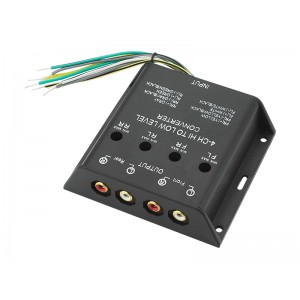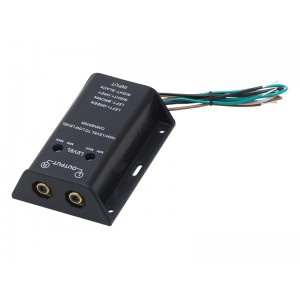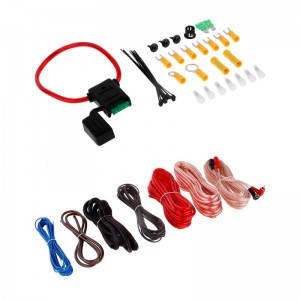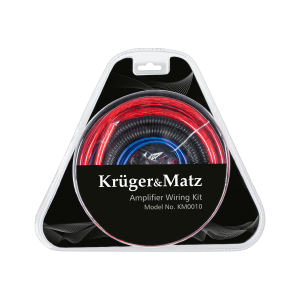Peak Power
To put it into layman's terms, peak power is the absolute highest amount of voltage the amplifier can put out before failing – and usually this peak wattage can only be sustained a fraction of a second before causing catastrophic failure of the amplifier. The same holds true for speakers – peak power handling is the absolute highest amount of voltage that speaker can handle for a split second without blowing. There is no clear definition of what peak is or how long this level can be sustained, but it's usually very short.
Maximum Power
Many manufacturers also use a maximum (max) power rating. A max power rating generally indicates the maximum amount of power that can be safely sustained without resulting in failure. Typically, this is a more realistic maximum specification than the arbitrary use of peak power.
RMS Power
RMS power on the other hand, is how much power that amplifier will continuously put out – or how much continuous power your speaker can handle. RMS values are typically much lower than peak power ratings, but they more accurately represent what an amplifier or speaker is truly capable of. Think of RMS as a true listening rating. Although not a perfect means of comparison, most RMS ratings are comparable – especially when measuring among name brand products.
So what should we take away from this? When shopping around for a speaker or amplifier, it is important to look for the RMS power rating. Remember, peak power is simply the absolute highest amount of power the amplifier or speaker can handle before failing. Max power is the highest amount of power that can be safely sustained. RMS is continuous power handling at sustained listening level. The RMS power rating will be the closest to the amplifier or speaker's actual capabilities.






